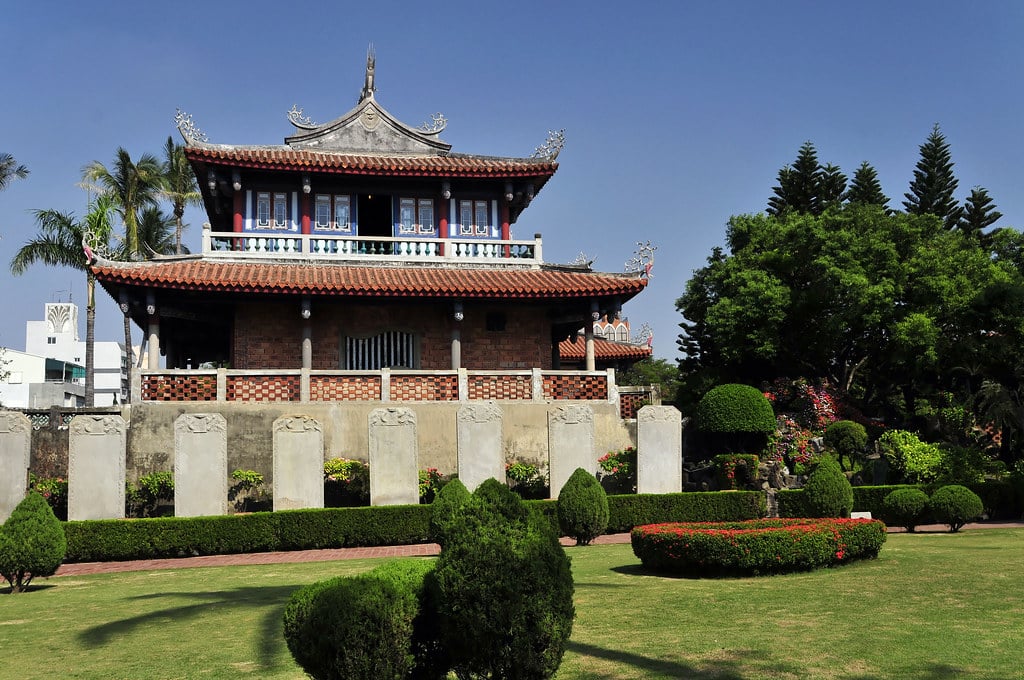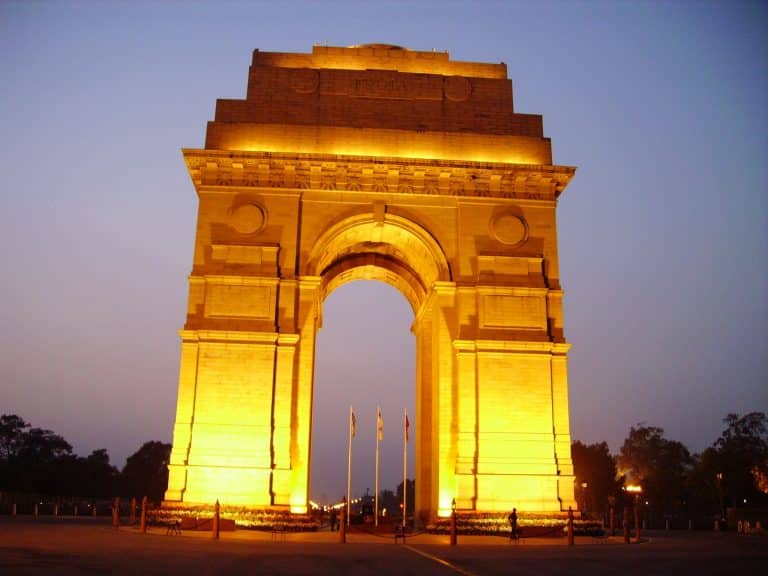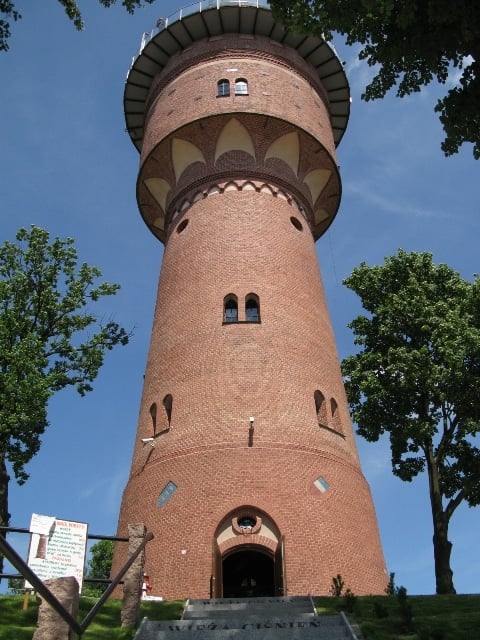East Asia
After I explored various sights in Eurasia and Central Asia, I explored the region of East Asia.
Site 1: The first site I stoped at in East Asia was the Namsan Seoul Tower. Officially known as CJ Seoul Tower, it is also known as Namsan Tower or Seoul Tower. It is located located in Seoul, the capital city of South Korea. It was constructed in the year 1969, costing $2.5 million and was the first integrated transmission tower. It distributed radio beginning in 1971 and television. It was quite some time before the tower was available to the public, however, as it opened much later in the year 1980. When I first arrived at the site, I noticed that the tower was placed in a spectacular location in Namsan Park on a peak with a height of 262 meters. The tower is 479.7 meters above the sea level (or 1,574 feet), with its observation area being 370 meters above sea level. The tower itself was also quite high, with a height of 777 feet (or 236.7 meters). In the year 2005, the tower was remodeled, an endeavor that cost thirteen million American dollars (the equivalent of fifteen billion won). This was when its famous light displays were built. Most of the tower was made of stone, although its terrace is made out of wood. I was interested in its shape. The tower was shaped like a pillar or cylinder, with a round, circular deck in the middle and the top coming to a point. I then went to see the interior of the tower, which has floors divided by a plaza and tower. In the plaza, there was the observatory entrance, a cafe, information desk, a nursing room, a gift shop called N Gift, N Sweetbar, N photo, and Nature Republic. On the first floor of the plaza, there was a lounge cafe called N Terrace, another floor of N Gift, a homemade burger place called The Best Burger in Seoul, and a ticket booth. On the plaza’s second floor, which was the circular area in the middle of the tower, there was an Italian restaurant called The Palace Dining, along with the roof terrace. I then went to explore the tower section. On the first floor, there was a Korean restaurant called Hancook. There was a wishing pond, restroom, N Photo, and Sky Cafe, on the second floor. On the third floor, there was the observatory, along with a telescope and gift shop. Interestingly, there was not a fourth floor because many countries in the continent of Asia, including South Korea, believe that the number four brings bad luck. So, fourth floors are skipped by either an F or skipping to the next number five. Finally, on the fifth and final floor, there was n.Grill, which is a French restaurant. It was an elegant restaurant, with cloth chairs and white sheets covering the tables and a polished wooden floor. A fact that I found interesting about the tower was that it has the highest restrooms in the city of Seoul. Finally, I arrived at the top of the tower, the rooftop terrace. The tower also has series of padlocks nearby known as “Locks of Love.” The site is a popular spot for couples to declare their love for one another, and they will often hang messages about being in love. There are chairs shaped like hearts as well. Today the tower attracts many tourists and locals, primarily for the nearby mountains that give observers great views. The tower also has significant historical importance to South Korea because of it being the first tower to transmit radio and television throughout Seoul. It is a prominent landmark in South Korea, particularly in Seoul.
The interior of N Seoul Tower’s Tower 3F:
Namsan Seoul Tower’s n.Grill:
The exterior of Namsan Seoul Tower:
Site 2: Next, I visited Chihkan Tower (Red-Hair Tower) in Taiwan. The tower is also known as Fort Provintia (eternity) by the Dutch, Hongmao, Banzai Tower, and Hongmao Castle. The Dutch named it after it was built in 1624 and completed in the year 1653, during the thirty-eight year Dutch occupation of Taiwan. Since then, it has been used for many different purposes. It has been a military base, trading post, storage facility for gunpowder, governor’s mansion, temple, and a museum. It even served as the capital for a time. The original building was destroyed during the nineteenth century in 1862 but was eventually rediscovered during the time when Japanese occupation and was rebuilt as two towers. These are known as the Haishen Temple and the Wenchang Pavilion. The first thing I noticed upon approaching the tower was the nine statues of turtles positioned in front of the site. Each one was carrying a plate of stone on its back. I was also impressed by the stone wall that surrounded the site. As for the towers themselves, they were made of various materials and are a prime example of Chinese architecture. The side walls of the first floors of the Haishen Temple were brick, and the rest of the walls of the tower were painted red with blue lining the tower’s windows. There were nine stelles lining the building, as well. I first went inside the Haishen Temple. It holds an exhibit of the old fort and Koxina. The first floor had brick tiles and white walls. The second floor featured a model of boats and had wooden floors and blue walls with a ceiling that had elaborate woodwork. I then explored Wenchang Pavilion. It was a smaller, two-story building with white walls and the classical tiled roofs. On the first floor, there was an exhibit for the civil service network of the Qing empire. It was quite simple with wooden floors and blue wooden walls. I appreciated its intricately-patterned wooden beams. On the second floor, I saw a shrine for the ancient Chinese god of examination and scholar’s fates known as Kui Xing. The sculpture was on top of a turtle known as Ao and had one foot lifted, pointing to the Big Dipper.
The tower was made a national historic monument soon after the end of World War II. Today the site is a museum that commemorates the defeat of the Dutch by the Qing Dynasty. Its history, along with its educational purpose today, makes this site important to Taiwan.
The interior of Haishen Temple:
The exterior of Haishen Temple at Chikhan Tower:
The shrine of Kui Xing at Chikhan Tower:
The exterior of the Wenchang Pavilion at Chikhan Tower:






